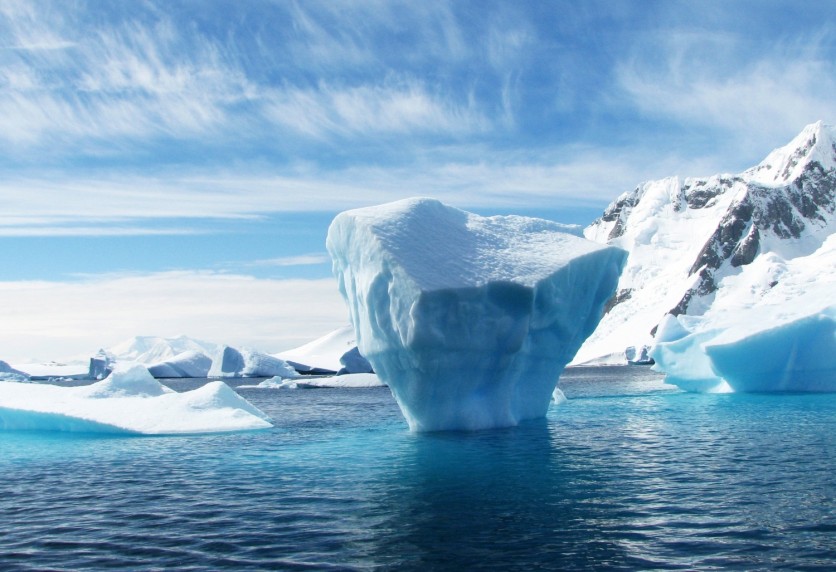
Denman Glacier in East Antarctica is gaining scientists' attention lately as it is melting faster than average amid global warning.

How fast has the glacier been melting?
According to a report by CNN, Denman Glacier is melting so fast that it could cause sea levels to rise around 5 ft. The giant glacier has already retreated about three miles over the past 22 years and is more likely to collapse if the climate continues to warm.
Scientists from NASA's Jet Propulsion Laboratory, Irvine, and the University of California all agreed that the glacier's retreating activity is concerning considering that ice sheets in this region has long been thought to have lower risk of collapsing than Western Antarctica.
Virginia Brancato, the lead author of the study explained that "Because of the shape of the ground beneath Denman's western side, there is potential for rapid and irreversible retreat, and that means substantial increases in global sea levels in the future."
Why is this concerning?
More studies have been focused on Western Antarctica in previous years as glaciers in the region are melting at a rapid pace.
"But as glaciers such as Denman have come under closer scrutiny by the cryosphere science community, we are now beginning to see evidence of potential marine ice sheet instability in this region," said Eric Rignot, co-author of the study titled "Geophysical Research Letters." The study was published last March 24.
Rignot added that the glacier in East Antarctica at about 10 miles wide is 'big' enough to cause 'significant' impact on sea levels.
The study said that the giant glacier has already lost a cumulative mass of 268bn tons of ice and has been melting at around 10 ft annually. That is above average when compared to other ice shelves in the region.




